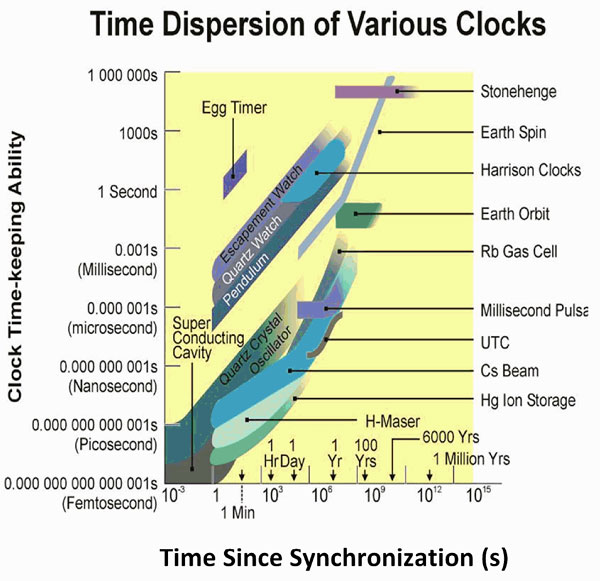



It turns out that jitter does not do what one thinks it does. On the first listen one may hear that the jittered source is warmer, but with a little ear education, the sound is recognized as muddy. In mixing the use of eq to brighten a sound can increase the level of the jitter artifacts. There will always be some one with a better playback system where the jitter artifacts will become more apparent. There are many things in circuit design that cause jitter and some things that can be done in studio wiring that can help reduce the problems. Taking the time to learn will result in better recorded audio.





All files are phase canceled with the B file, which is the reference. B is the clean, most open file.
The B reference file has the lowest jitter, 13pS rms measured with the Stanford SR1, with the low jitter option
The phase canceled files have added gain to make them easier to hear. Very low levels of jitter are audible. Jitter destroys; image, openness, transits, size, smoothness, and can be harsh.)
The gain of the phase canceled files is as follows:
B-A 72 db of gain
B-C 36 db of gain
B-D 36 db of gain
B-E 24 db of gain
The jitter is filtered noise with different center frequencies, 3 are bandpass filtered. The 10Hz noise is different it is low pass filtered. Different types of jitter have different audible effects.
The jitter levels have been pushed to very high levels to help ear education.
The B reference file has the lowest jitter, 13pS rms measured with the Stanford SR1, with the low jitter option
The phase canceled files have added gain to make them easier to hear. Very low levels of jitter are audible. Jitter destroys; image, openness, transits, size, smoothness, and can be harsh.)
The gain of the phase canceled files is as follows:
B-A 72 db of gain
B-C 36 db of gain
B-D 36 db of gain
B-E 24 db of gain
The jitter is filtered noise with different center frequencies, 3 are bandpass filtered. The 10Hz noise is different it is low pass filtered. Different types of jitter have different audible effects.
The jitter levels have been pushed to very high levels to help ear education.

There are many references available for people who want to read more about oscillator - clock sources. Here a few.
Conversion_from_Allan_variance_to_Spectral_Densities.pdf
http://www.allanstime.com/Publications/DWA/Conversion_from_Allan_variance_to_Spectral_Densities.pdf
2003_IEEE_Tutorial.pdf
http://www.ieee-uffc.org/frequency-control/learning/2003_IEEE_Tutorial.PDF
Developments in Ultra-Stable Quartz Oscillators for Deep Space Reliability.pdf
http://tycho.usno.navy.mil/ptti/2004papers/paper35.pdf
Phase noise in Oscillators.pdf
http://www.qsl.net/v/va3iul/Phase%20noise%20in%20Oscillators.pdf
U11625 VIG-Tutorial.pdf
http://www.am1.us/Local_Papers/U11625%20VIG-TUTORIAL.pdf
Additional information can be found from the Amateur Radio groups, National Bureau of Standards - The Time and Frequency Divison, JPL
The links work as of July 2013
Conversion_from_Allan_variance_to_Spectral_Densities.pdf
http://www.allanstime.com/Publications/DWA/Conversion_from_Allan_variance_to_Spectral_Densities.pdf
2003_IEEE_Tutorial.pdf
http://www.ieee-uffc.org/frequency-control/learning/2003_IEEE_Tutorial.PDF
Developments in Ultra-Stable Quartz Oscillators for Deep Space Reliability.pdf
http://tycho.usno.navy.mil/ptti/2004papers/paper35.pdf
Phase noise in Oscillators.pdf
http://www.qsl.net/v/va3iul/Phase%20noise%20in%20Oscillators.pdf
U11625 VIG-Tutorial.pdf
http://www.am1.us/Local_Papers/U11625%20VIG-TUTORIAL.pdf
Additional information can be found from the Amateur Radio groups, National Bureau of Standards - The Time and Frequency Divison, JPL
The links work as of July 2013

Graph created by David W Allan used with premission, see allanstime.com for more information.

two



